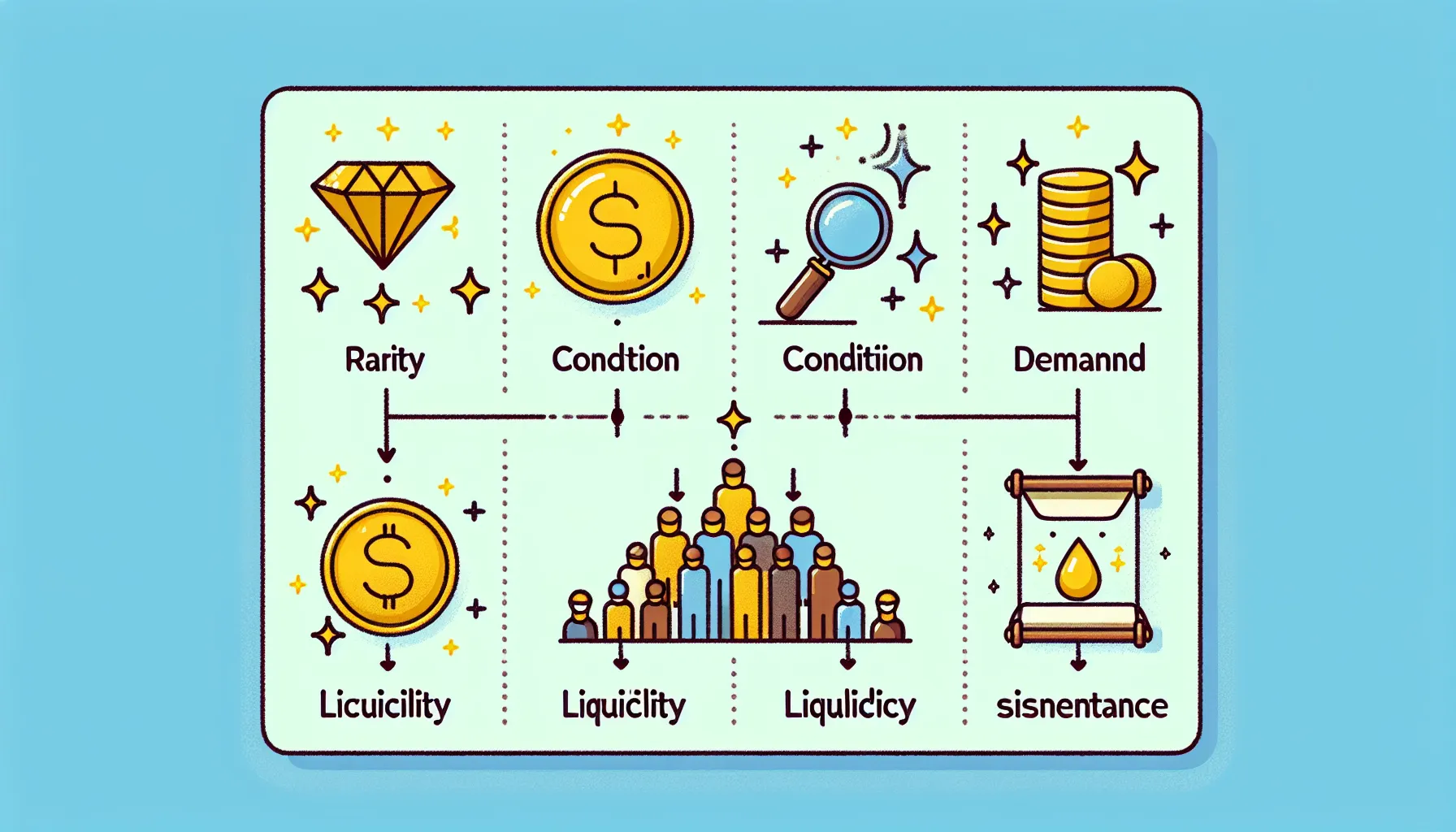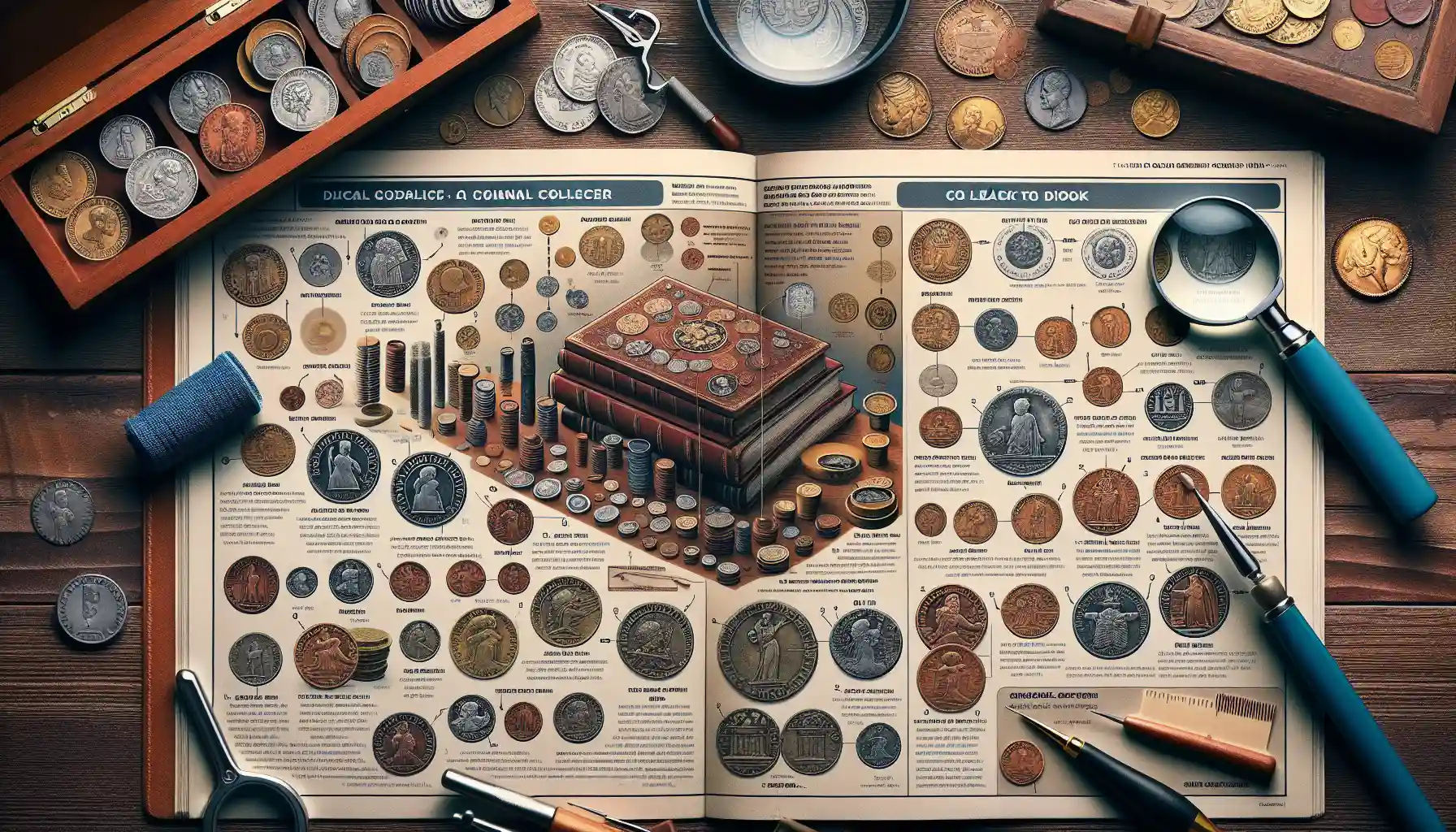Common Mistakes New Coin Collectors Encounter
Overlooking the Importance of Proper Storage
Imagine this: you’ve just acquired a stunning, centuries-old coin. Its gleaming surface tells stories of empires long gone. But then, without realizing it, you store it in a dusty drawer or—heaven forbid—a plastic bag. Months later, you pull it out only to find tarnish creeping across its surface or even unsightly scratches. Heartbreaking, isn’t it?
Proper storage is the unsung hero of coin collecting. Coins are delicate artifacts, and even tiny environmental changes can wreak havoc on their condition. Here’s how to safeguard your treasures:
- Use archival-quality holders or flips made from inert materials like Mylar.
- Store them in a climate-controlled area—extreme humidity is a no-go!
- Avoid handling coins with bare hands; natural oils can leave permanent marks. Use soft cotton gloves instead.
Think of it this way: your coins deserve a cozy, protective home. After all, they’ve survived centuries of history—they shouldn’t meet their downfall in your closet! Treating your collection with care is the first step to preserving its beauty and value for years to come.
How to Properly Store and Handle Coins
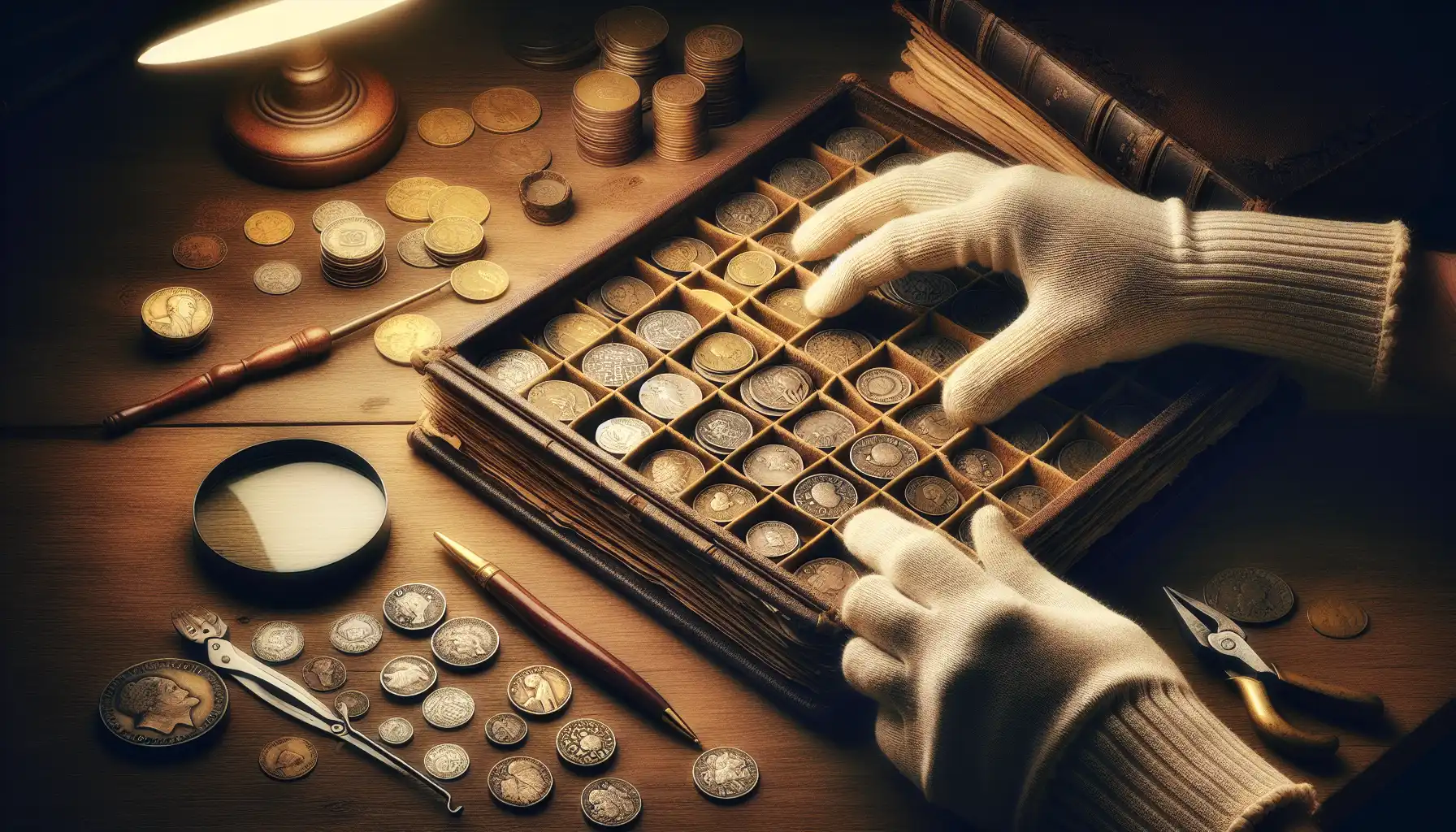
Keep Your Coins Safe: The Art of Proper Storage
Imagine discovering a rare, gleaming coin in your collection—only to realize it’s tarnished because of improper storage. Heartbreaking, right? Protecting your treasures starts with knowing what NOT to do. For starters, steer clear of random jars or cardboard boxes. These might seem harmless, but over time, they expose coins to moisture and fluctuating temperatures, which can wreak havoc on their condition.
The golden rule? Use storage specifically designed for coins. Think
archival-quality holders, coin flips, or albums that are PVC-free (trust me, PVC is the villain of the coin world—it causes an ugly green residue). Store them in a cool, dry place, away from direct sunlight.
Handling Coins Like a Pro
Handling coins may seem straightforward, but one slip-up can leave lasting damage. Always hold coins by their edges—never the face. Why? The oils on your fingers can leave permanent marks or cause corrosion over time. When dealing with especially valuable pieces, consider wearing
cotton gloves to prevent accidental smudges.
Quick tip: Avoid cleaning your coins unless you’re a seasoned expert. Cleaning can strip away their natural patina, slashing their value in half faster than you can say "collector’s regret."
Recognizing the Value of Research in Coin Collecting

Why Skipping Research Is Like Sailing Without a Compass
Imagine setting out on a journey across uncharted waters with no map, no compass, and just a vague idea of where you’re headed. That’s exactly what skipping research feels like in the world of coin collecting. Without knowledge, even the shiniest coin might lead you astray.
Here's the thing: not all coins are created equal. A coin’s value doesn’t just rest on its age or condition. It could be about its rarity, historical significance, or even tiny minting errors that make it one-of-a-kind. Take the 1943 copper penny, for instance. At first glance, it might look like any other coin, but its rarity has made it worth a fortune—literally millions of dollars! Missing this kind of detail? Ouch.
So, how do you steer clear of such blunders? Do your homework. Dig into auction records, join collector forums, or grab a reputable coin guide.
- Look for subtle differences, like misprints or unique marks.
- Understand market trends—prices can fluctuate wildly.
- And always verify sources; not every “expert” is trustworthy.
Research isn’t just an extra step; it’s your ticket to smarter, more rewarding collecting.
Avoiding Overpaying and Scams in the Coin Market
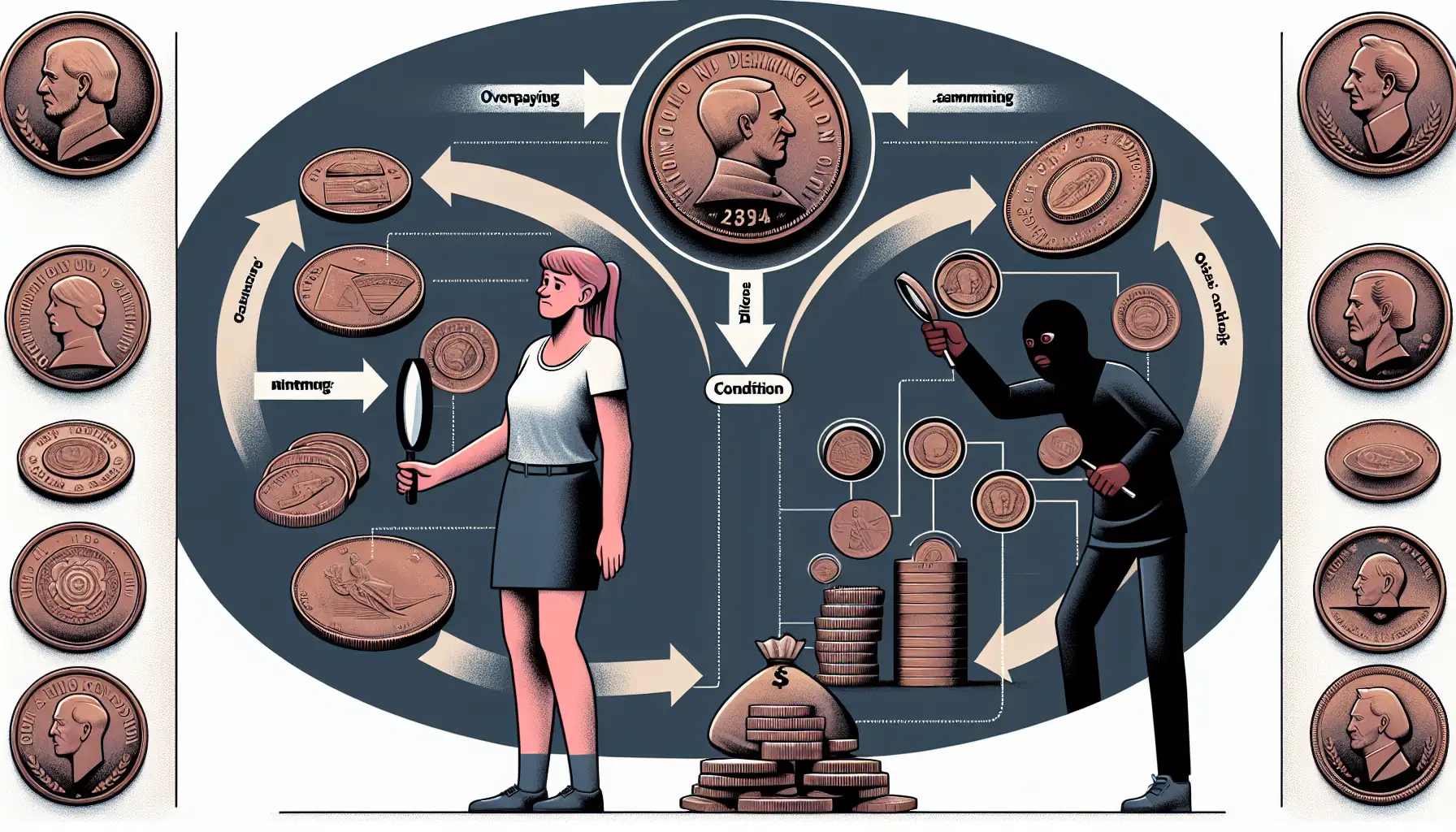
Spotting Red Flags: How to Protect Yourself
Diving into the coin market can feel like stepping into a treasure hunt, but beware—pirates lurk here too. Scammers and overpriced deals are more common than you might think. Imagine falling in love with a coin, only to find out later it’s worth half of what you paid. Heartbreaking, right? Let’s make sure that doesn’t happen.
First, always research the seller. Are they reputable? Look for reviews, certifications, or memberships in organizations like the
American Numismatic Association (ANA). A trusted dealer is your best shield against deceit.
Second, scrutinize the coin. Is it graded by a recognized authority like
PCGS or
NGC? If not, tread carefully. Grading ensures authenticity and value, two things you never want to gamble on.
Here’s a quick checklist to dodge scams:
- Never wire money to unknown sellers.
- Always get a written receipt or guarantee.
- If a deal feels “too good to be true,” it probably is.
Remember, your excitement shouldn’t cloud your judgment. Trust your instincts—they’re often sharper than you think.
Building a Long-Term Coin Collecting Strategy
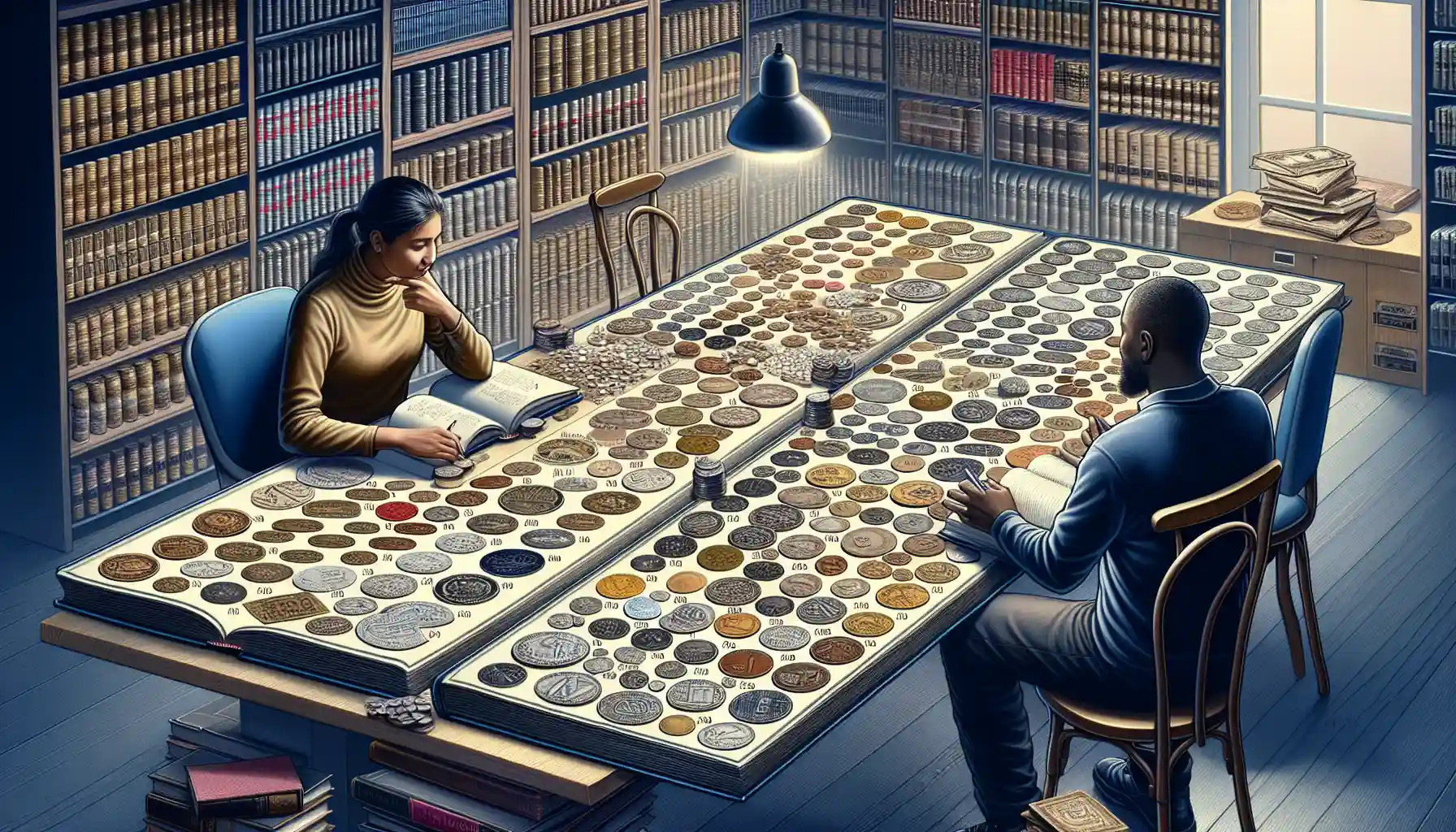
Planting the Seeds for a Future-Proof Collection
Building a long-term coin collecting strategy isn’t just about amassing shiny treasures—it’s like tending a garden. Without a plan, you might end up with a tangled mess of weeds instead of a flourishing masterpiece. Start by asking yourself: what kind of “garden” do you want? Are you drawn to the rich history of ancient coins or the pristine beauty of modern commemoratives?
One critical mistake collectors make is chasing trends. Sure, that flashy coin everyone’s talking about may seem irresistible now, but will it hold its value in five years? Instead, focus on coins with lasting appeal—those with historical significance, rarity, or unique craftsmanship.
Here’s a quick guide to stay on track:
- Set goals: Decide if you’re collecting for investment, personal enjoyment, or both.
- Research: Dive into books, forums, and expert opinions before committing your hard-earned cash.
- Quality over quantity: A single rare gem often outshines a box of common finds.
Remember, a strong strategy doesn’t just protect your wallet—it keeps your passion alive for years to come.








